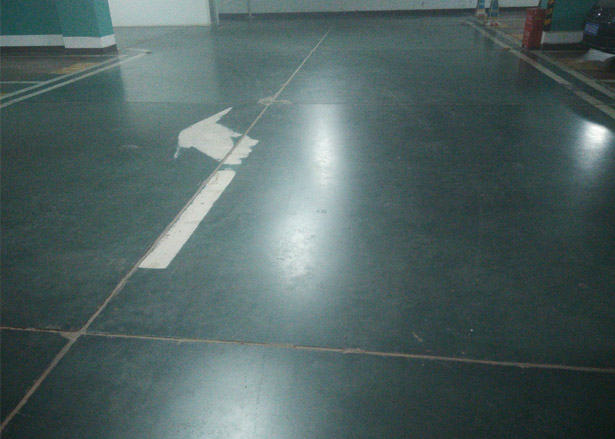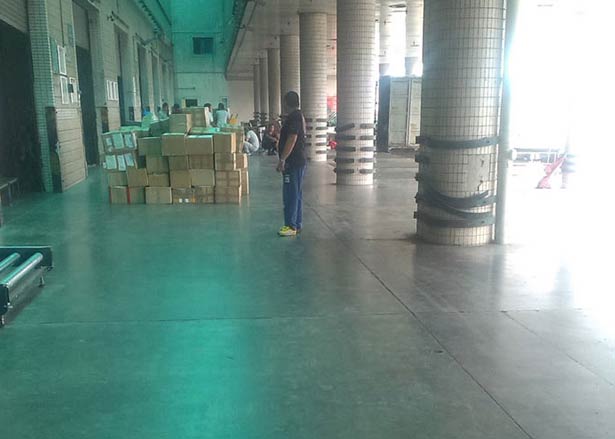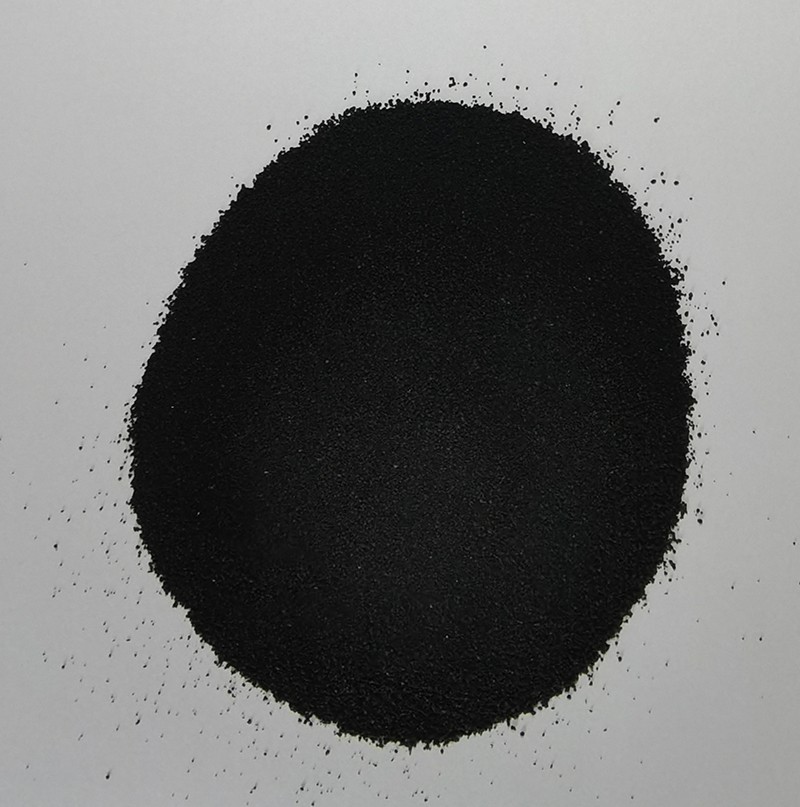Ceramic-based friction and sealing materials have emerged as pivotal components in various industries, particularly in automotive, aerospace, and manufacturing applications. These materials combine the inherent properties of ceramics—such as high thermal stability, chemical resistance, and mechanical strength—with the specific performance requirements of friction and sealing systems. Their ability to function effectively under extreme conditions, including high temperatures and corrosive environments, sets them apart from traditional materials like metals and polymers.
In the realm of friction materials, ceramics are often utilized in brake pads, clutches, and other applications requiring high wear resistance and durability. The unique microstructural features of ceramic materials, which often include fine grain sizes, allow them to maintain effective friction coefficients while minimizing wear. This is essential for ensuring safety and performance in vehicles and industrial machinery, where friction-based systems are critical for operation. Furthermore, advancements in ceramic composite technology have enabled the development of materials that can withstand significant thermal loads, thereby enhancing efficiency and lifespan.
Sealing applications also benefit significantly from ceramic materials. With their exceptional resistance to abrasives and corrosive substances, ceramic seals can perform reliably in harsh environments where traditional sealing materials would fail. They provide secure barriers against leakage, which is critical in applications involving fluids and gases. The longevity and reduced maintenance requirements of ceramic seals make them particularly appealing for sectors such as oil and gas, aerospace, and chemical processing.
Moreover, the expertise involved in developing and manufacturing ceramic-based friction and sealing materials is substantial. Researchers and engineers continuously explore new formulations and processing techniques to enhance performance characteristics, ensuring these materials meet rigorous industry standards. This collaborative effort between academia and industry has been instrumental in pushing the boundaries of what ceramic materials can achieve, contributing to increased safety, efficiency, and sustainability across various sectors.
Both the development and application of ceramic-based materials are underpinned by rigorous testing and validation processes, reinforcing their reliability and effectiveness. Their integration into modern technology highlights the importance of continuous innovation in material science, positioning ceramic materials at the forefront of advances in friction and sealing solutions. The expertise, experience, and authoritativeness in this field demonstrate a commitment to enhancing operational performance while addressing the growing demands of safety and environmental responsibility in contemporary industries.
Show More >>
PRODUCTS
You are welcome to contact us at any time, please write the message here and we will reply you in 24 houre. thanks foryour support.
NEWS
May.22, 2019



